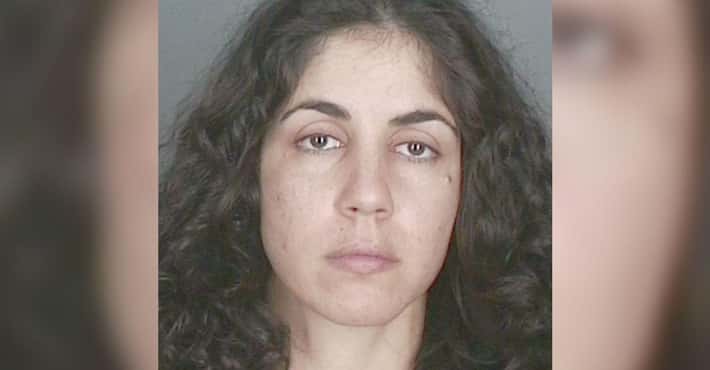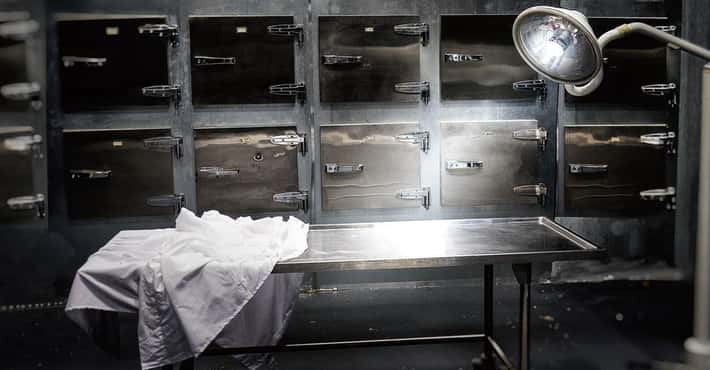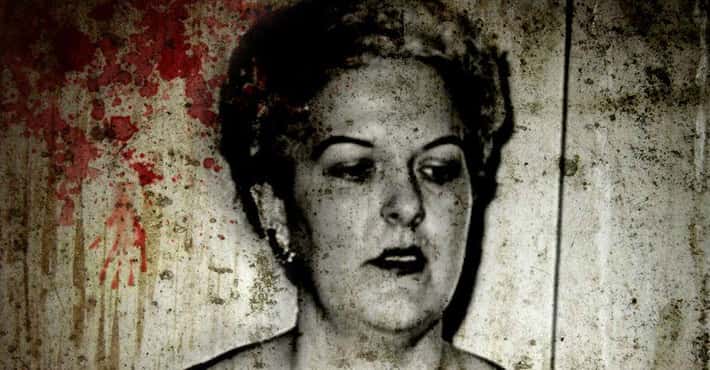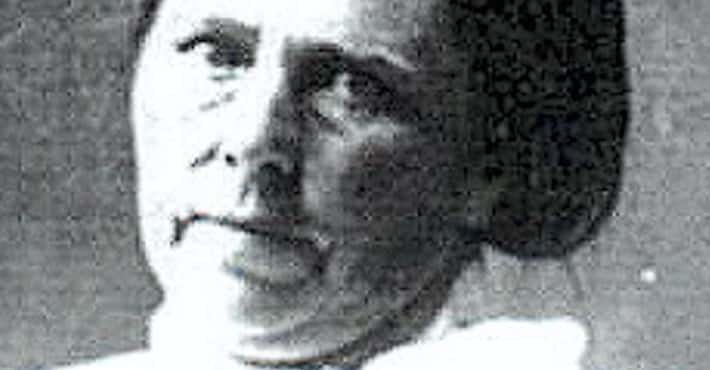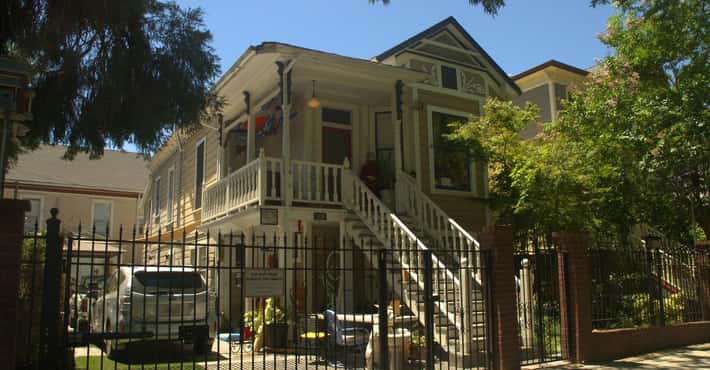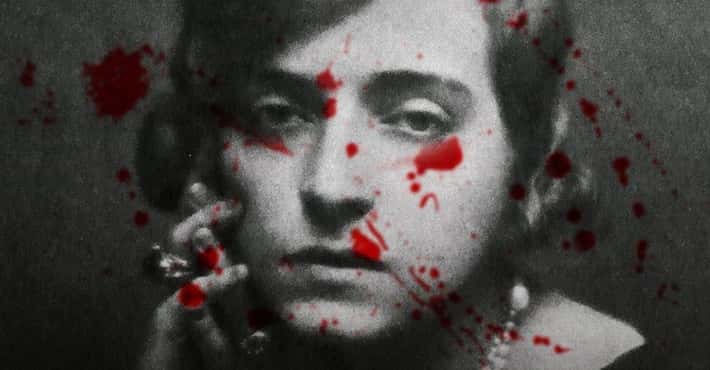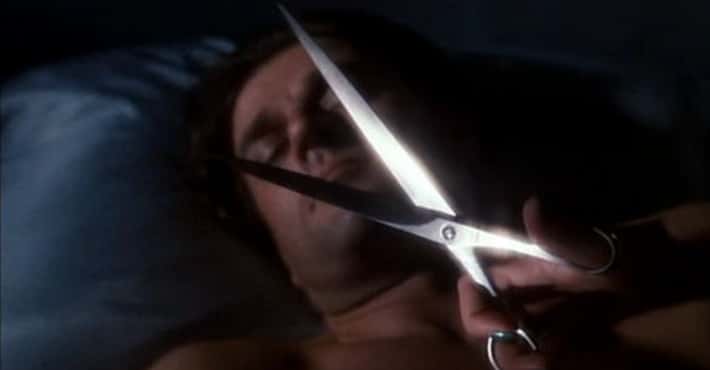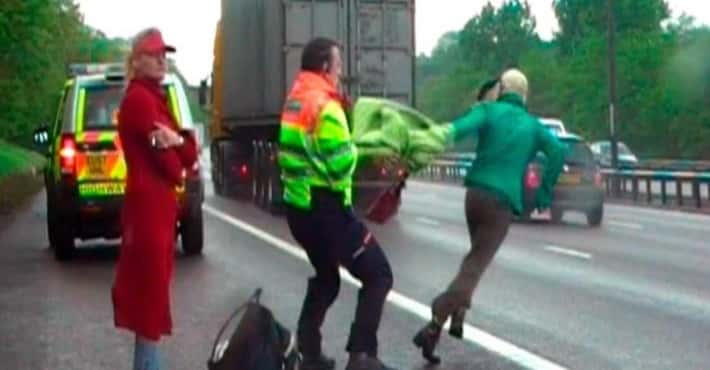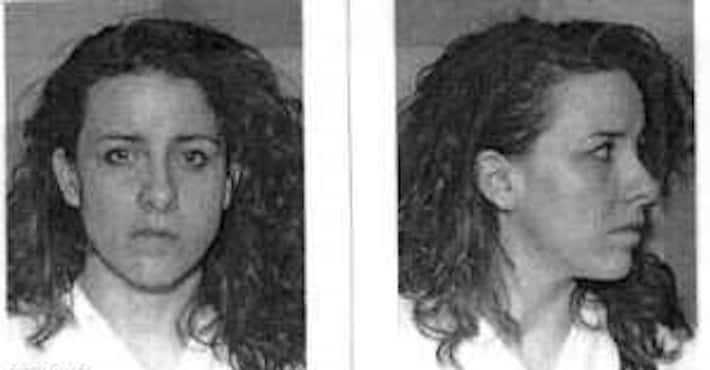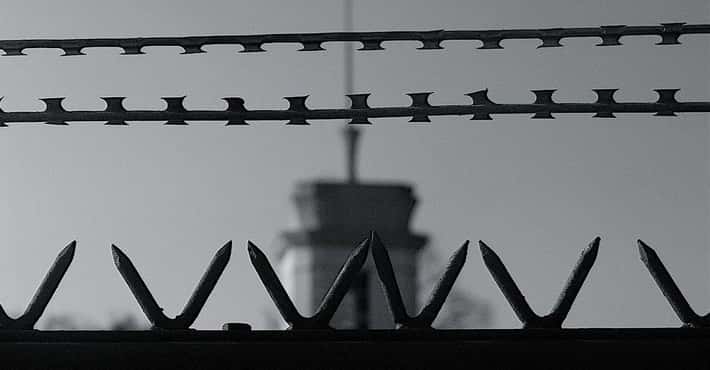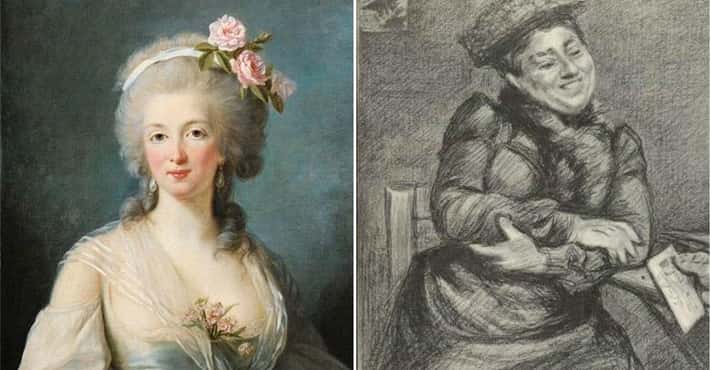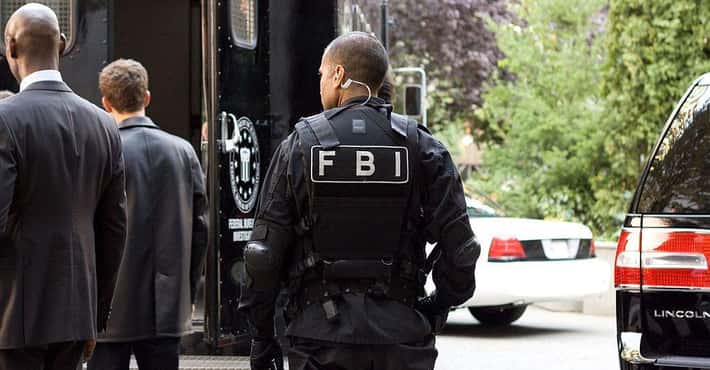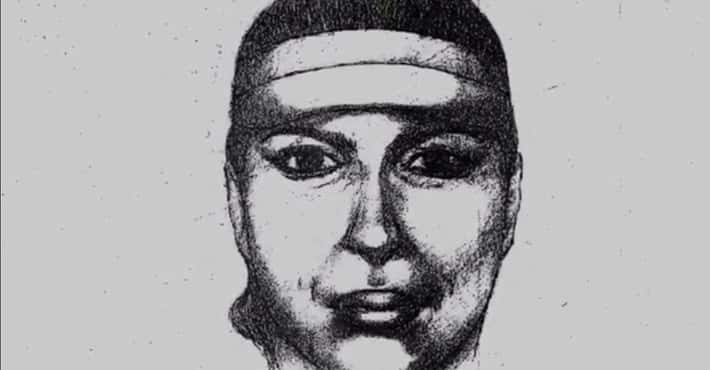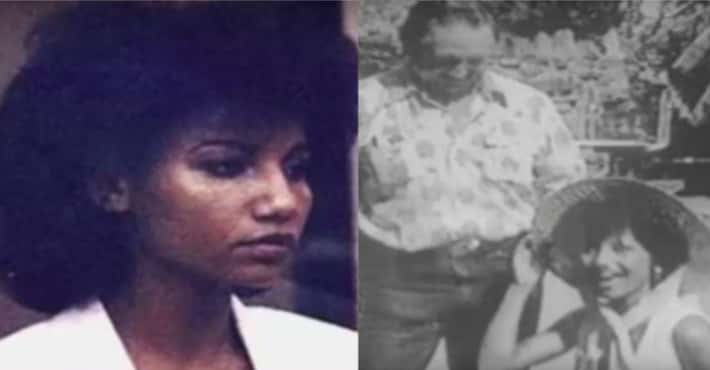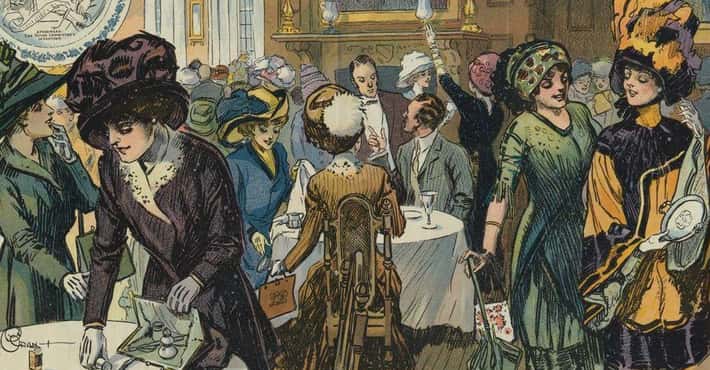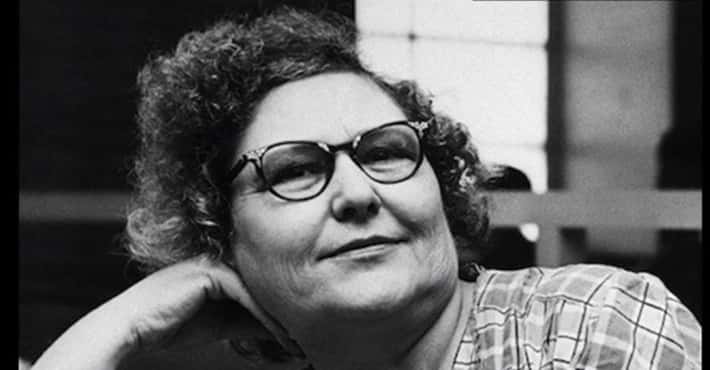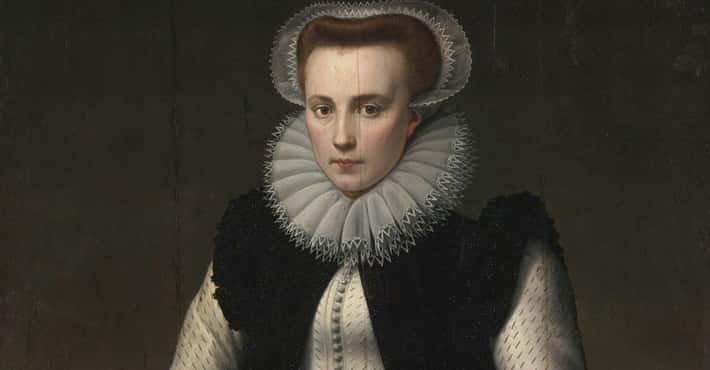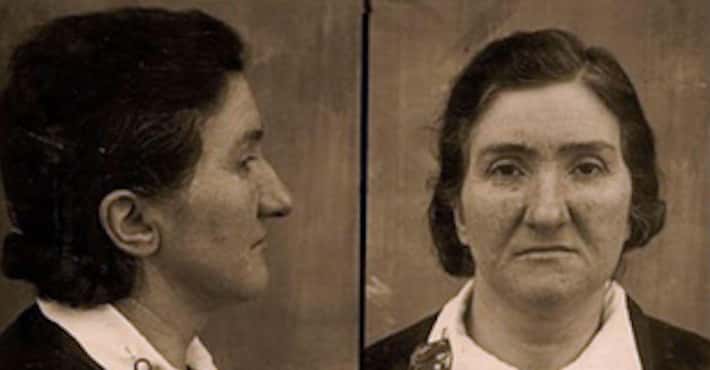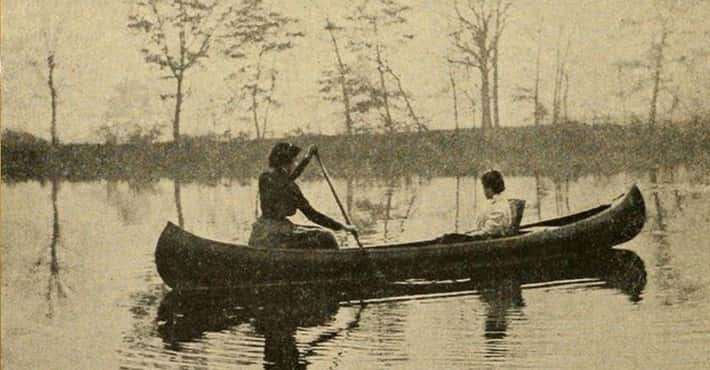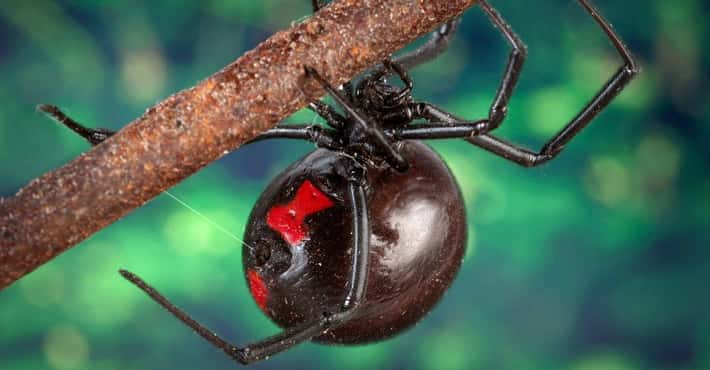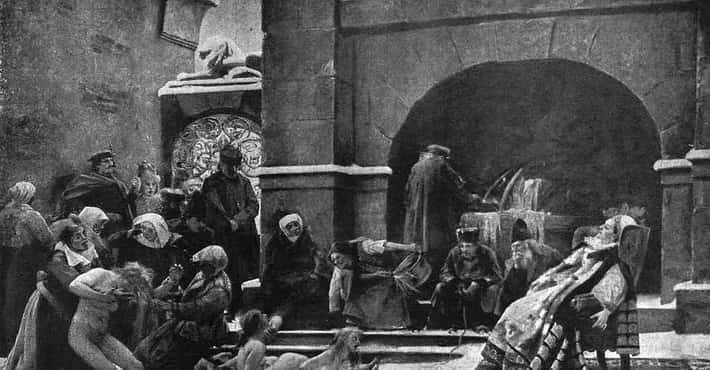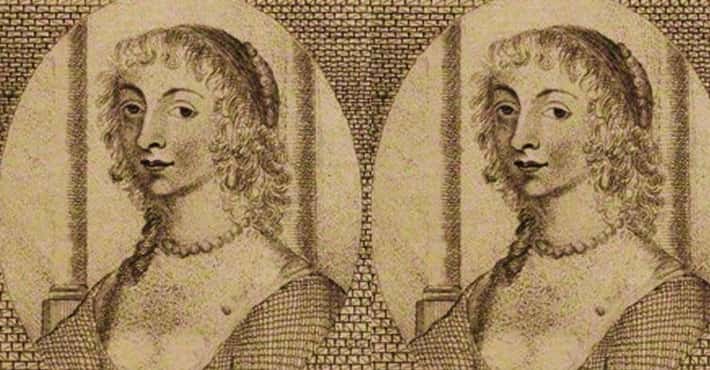13 Twisted Facts About Serial Killer Amelia Dyer
- Photo:
- Unknown Police Photographer
- Wikimedia Commons
- Public domain
She Ran A Baby Farming Scheme
During the 1800s, it was very taboo to have a child out of wedlock. Women who did so were met with scorn and mistreatment, and it didn't help that many were suspected of being prostitutes or "loose women." In order to help the situation, baby farming became a common practice. These "farmers" would volunteer to foster or adopt unwanted babies for a fee.
To the great misfortune of children in London, Dyer became a baby farmer. She placed ads in local newspapers in order to spread the word about her business. Women came to her with their babies, offering money for their care. Dyer would accept, pocketing the money before killing the infant at her leisure.
- Photo:
- Photo:
- Gabriel Émile Édouard Nicolet
- Wikimedia Commons
- Public domain
She Worked As A Nurse While Killing Children In Her Spare Time
Dyer was a trained nurse and midwife, two of the few respectable occupations for women at the time. While she was embarking on her nursing career, she met a woman named Ellen Dane. Dane worked as a midwife and saw the issues that unwed mothers had to face. She was the one who gave Dyer the idea to start up a baby farm. Dyer worked as a nurse for as long as she could, while baby farming in her spare time. Eventually, this latter murderous activity became her only job.
- Photo:
She Thought Starving Children To Death Was Too Slow, So She Poisoned Them With Opium Instead
When Dyer first began her baby farming career, she let the infants die of neglect. She simply wouldn't feed them and left them alone in a corner where they'd quietly go to sleep and not wake up. However, Dyer found this process to be too slow. You see, the faster the infants died, the more she could take in, thus increasing the amount of money she made.
So, to speed up the killings, Dyer started feeding the children a syrup laced with opium. This quieted the babies and poisoned them to death. Dyer later became addicted to opium herself, which didn't help her situation any. Eventually, even the poisoned deaths took too long for Dyer, so she ended up asphyxiating infants by wrapping tape around their necks to kill them immediately.
She Was Previously Sentenced To Prison For Neglecting Children, Not Killing Them
In 1879, Dyer performed hard labor for six months for neglecting an infant and letting it die while in her care. At that time, she was fostering babies (not adopting them), and letting them starve to death while she accepted money from the infants' parents. At some point, the authorities caught wind of her actions and prosecuted her for neglect. After doing her time, she went right back to baby farming.
She Dumped The Remains In The Thames
Accounts differ on how Dyers was caught, but most revolve around the fact that authorities found a deceased infant wrapped with white dressmakers tape on the banks of the Thames. Supposedly, they were able to make out a name and address from the paper that the corpse had been wrapped in. Police questioned people near the address and were eventually led to Dyer's home.
Dyer was quickly arrested and wound up confessing to her crimes. She told authorities where to look along the Thames and six other deceased infants were discovered. Dyers admitted that the corpses with white dressmakers tape around their necks were the ones that she did away with.
There Was Plenty Of Evidence In Her House
When the authorities finally cracked down on Dyer's baby farming enterprise and accused her of murder, they searched her house for evidence and found plenty of it. The house was filled with the smell of rotting flesh, vaccination certificates, and baby clothes. They found evidence of her two aliases (she also went by "Smith" and "Harding" among others) and discovered receipts from pawn shops. Everything made it very clear that Dyer was running a baby farm that resulted in more harm than good.
Her Home Life Was So Chaotic That She Even Tried To Kill Her Own Biological Children
Dyer gave birth to three children who all lived to adulthood. The first, Ellen, was born during Dyer's marriage to a man named George Thomas. He was her first husband. After his death, she remarried to William Dyer. They had two children together, Mary Ann (called Polly), who was born in 1873, and William, born three years later. Their home life was chaotic, with various infants and adults wandering around the house.
However, even in the midst of the chaos, Dyer found time to scream at and threaten her own children. Mary Ann recalls, "She said she heard voices and she had a delusion that I was going to murder her. She threatened my life on several occasions and once she attempted it."
- Photo:
- Wells Asylum authorities
- Wikimedia Commons
- Public domain
Some People Connected Her To Jack The Ripper
One theory regarding Dyer is that she was actually Jack the Ripper. Both were active killers during the same time period in London. Theorists think that Dyer might have been trying to abort the unwanted pregnancies of the victims, killing them in the process. While there is no proof of this, it certainly calls attention to both serial murderers.
- Photo:
- Photo:
Her Mother Was Mentally Ill, And So Was She
Dyer had a rocky childhood. She was the youngest of five children. Her father was a shoemaker and her mother was mentally ill. One account suggests that Dyer's mother had Typhus, which led to bouts of insanity and violence. However, not much was known about mental illnesses in the 19th century, so her mother could have had schizophrenia.
It seemed the madness touched Dyer as well. Her daughter, Mary Ann, recalls Dyer being forced into an insane asylum during her childhood. Just like her mother, Dyer had bouts of unexplainable violence and threatened to kill Mary Ann.
She May Have Killed Over 400 Children
Historians speculate that the number of Dyer's victims are in the hundreds. She was a baby farmer for around 30 years, and with estimates numbering ten to fifteen victims a year, her body count could be somewhere near 400. This makes her one of the most prolific killers of the time period.
Local Doctors Were Suspicious Of Her Actions
During the first years that Dyer spent baby farming, she took the infants to her neighborhood doctors. They received vaccinations, and most importantly, death certificates. Local doctors became very suspicious of the number of children that died while under Dyer's roof. They eventually alerted the authorities, which led to her first arrest and imprisonment for neglect. After this, she took matters into her own hands and disposed of the infants in the Thames, opting out of doctor appointments.
Her Case Led To Stronger Adoption Laws
After the public caught wind of Dyer's baby farming scheme, stricter adoption laws were put into place in Britain. This led to the slow downfall of baby farming. In some parts of the country, it was still practiced into the 1930s. The rise of proper orphanages and adoption agencies contributed to the slow fade of baby farming, although for a time, people still scrutinized newspaper ads very closely for hints of operations like Dyers.
One Of Her Daughters Carried On The Twisted Family Legacy
Amelia Dyer's daughter, Mary Ann, grew up around her mother's twisted habits of baby farming and killing infants. Thus, it's no wonder that she took on the "family business" once her mother was hanged for murder. In 1898, Mary Ann and her husband were both accused and convicted of abandoning a three-week-old baby when one was found wrapped in brown paper under the seat of a carriage. There were no adults in sight, and they were the last people sitting there. Both received two months of hard labor.
Some accounts claim that Amelia Dyer's main murder conviction stemmed from the death of two infants that occurred while she was at Mary Ann's house. At the time, Dyer said that she was the one to blame, not her daughter. However, it's possible that the apple didn't fall far from the tree.











